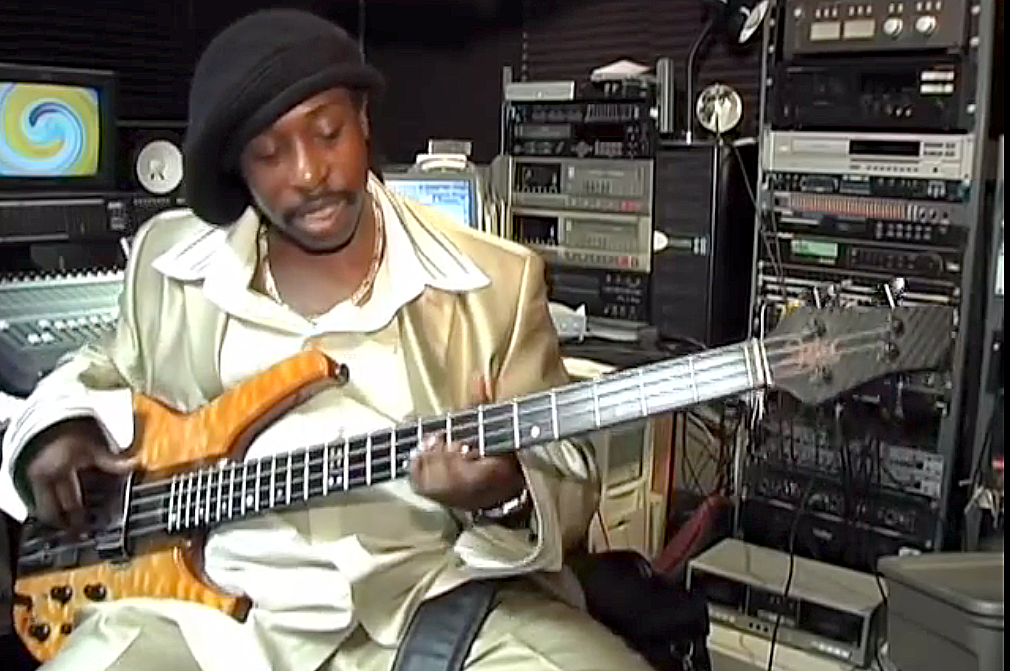Not Guilty, Your Honour: This one should be filed under ‘guilty pleasures’, except that I feel zero guilt in listening to this on a fairly regular basis – largely due to the fact that ‘Wake Me Up Before You Go-Go’ contains some of the most entertaining bass playing ever heard on a camp 80’s pop hit.
Deon Estus is the man behind the low end on this tune; he provided bass for all of the Wham! hits as well as playing on George Michael’s Listen Without Prejudice, Vol 1. Estus’ extensive recording credits include Marvin Gaye, Harvey Mason, Tina Turner and George Clinton.
A Detroit native who took lessons from none other than James Jamerson, Deon Estus’ playing on ‘Wake Me Up Before You Go-Go’ serves as a modern update on the late, great Funk Brother’s style; the main groove features the classic Motown bass pattern of Root-5-6-5 that can be heard on numerous Jamerson lines, including ‘What’s Going On’, ‘Ain’t Nothing Like The Real Thing’ and ‘Higher & Higher’. While the bass part on this tune doesn’t feature a great deal of JJ’s signature chromaticism, Estus is clearly channeling his mentor’s rhythmic and melodic spirit throughout the song; the bass part is very much ‘up front’ throughout and there are numerous moments that had me asking ‘what was that?!’.
Wham! – Wake Me Up Before You Go-Go bass transcription pdf
The key to the verse part (bars 6-13) is capturing the difference in articulation between the bouncy, staccato quarter notes in bars 6 and 8 and the more legato phrases (bars 9 and 13). There are plenty of grace notes throughout the song, which help to give Deon’s lines a smoother, more vocal quality. (https://www.srmfre.com/)
Bar 15 provides us with our first WTF? moment; a rapid-fire triplet fill – plucking every note cleanly at this tempo is no mean feat, but fortunately it’s a generic 3 note scale sequence that fits under the fingers easily.
The chorus revisits the classic Motown major chord bass pattern, but it’s the interlude that follows which really grabs our attention; as George Michael hits that high note, the bass mirrors the vocal with an ear-grabbing fill (bar 39) that begins in the high register and snakes its way down the fretboard before ascending (via some ghost notes and chromaticism) to resume a more supportive roll for verse 2; Estus repeats this trick – albeit with a stronger blues flavour – after the second chorus (bar 80); the wide vibrato is another trick that lends the fill a more lyrical quality.

